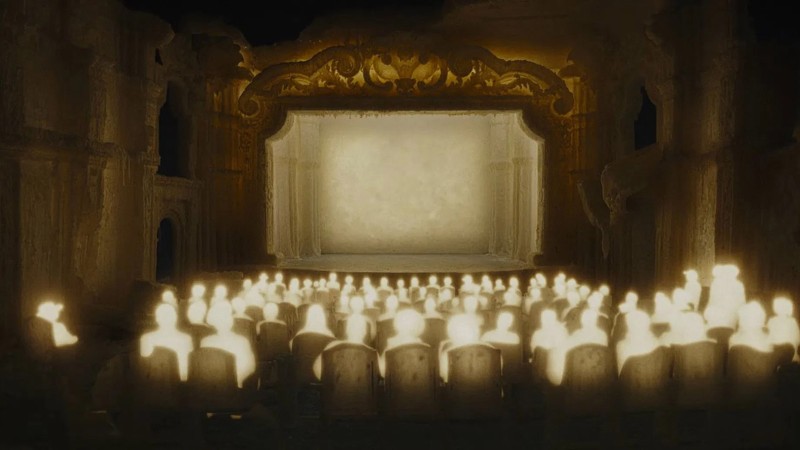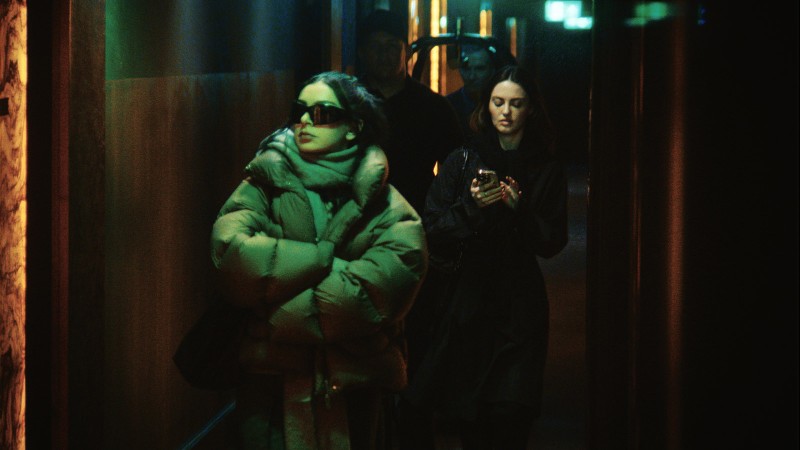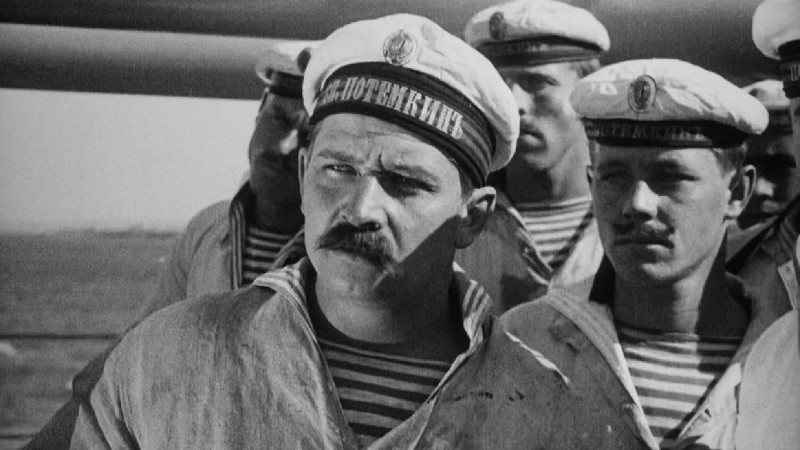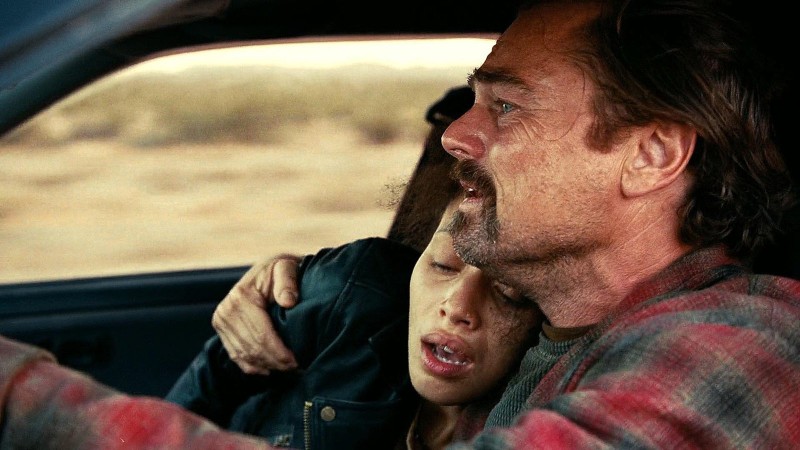Wish for a Breeze

To mark the centennial of the birth of photographer and filmmaker Robert Frank, Aperture has just published a new edition of The Americans (1958), calling it “one of the most important bodies of photographic work ever made.” The Americans “exposed the racism, loneliness, and consumer culture lurking behind the American dream,” posts the Guardian at the top of an annotated gallery of twelve of the most indelible images from the book.
- John Cassavetes’s A Woman Under the Influence was released fifty years ago this week, and for Letterboxd, Ariel LeBeau gathers filmmakers’ appreciations, Letterboxd reviews, and plenty of back story. Cassavetes gave Gena Rowlands no direction when it came to Mabel’s return home from the hospital, “predicting that Rowlands’s frustration would lead to a more explosive performance,” writes LeBeau. “Instead, Rowlands played the scene in a way that took him by surprise: Mabel shrinks into herself, speaking softly and moving gingerly, practically holding her breath. ‘No emotions now,’ she whispers. ‘I really want to be calm.’ Tears brim in her eyes as she embraces her children, but she pulls herself away before they fall. ‘She was expressing fear, which separated her from the people she loved. Gena’s interpretation showed me how frightened Mabel was,’ Cassavetes said. ‘What Gena did was like poetry. It altered the narrative of the piece.’”
- Writing for the New York Review of Books, Beatrice Loayza points out that Catherine Breillat’s “understanding of sexuality rests on the assumption that puritanical guilt poses the greatest threat to women—that the priority should always be to carve out a space for their own taboo desires and refuse to respond to male violence with self-loathing . . . In reality, there are reasons to feel ambivalent about sex that have nothing to do with internalized misogyny. Some traumas can’t be overcome simply by asserting strength; willing oneself to say they ‘meant nothing’ could also cause them to fester. Breillat’s films themselves indicate that such feelings might be throbbing under the icy surfaces of her characters’ self-control. In this sense she is one of our last true Hitchcockians, perversely fascinated by the fragility of personal autonomy even as she insists on the need to shore it up.”
- “There’s nothing like attending a screening of a John Waters movie with a room full of people who only think they know what they’re getting into,” writes Sean Burns, who talks with Waters for WBUR. Waters was in Boston on Thursday night to receive the 2024 Coolidge Award, and the Coolidge Corner Theatre is presenting a retrospective that runs through December 5. “These are celebratory experiences,” writes Burns. “His movies are ebullient, full of great if somewhat deranged fellow-feeling. They foster a sense of camaraderie, especially among outcasts. ‘It is communal, the laughter. And you feel safe when other people are laughing. That’s why the movies are still playing. That’s why they find new audiences,’ the director explained.”
- “Although film is time-based, it is not always received as time-passing but rather as time-forgotten,” wrote Babette Mangolte twenty years ago in an essay now up at e-flux in which she explained why she was seeking to embrace the shift from analogue to digital. Writing about Mangolte’s The Camera: Je or La Camera: I (1977) for Sabzian, Sarv Gersten notes that the filmmaker and cinematographer is probably best known for “her associations,” including Chantal Akerman, Joan Jonas, and Yvonne Rainer. Sabzian, in the meantime, has teamed up with Bozar to bring Sergei Loznitsa to Brussels, where he will deliver this year’s State of Cinema address and screen Bertrand Bonello’s The Beast (2023) on December 11. Loznitsa tells Bozar’s Astrid Jansen that he’s just completed shooting Two Prosecutors, an adaptation of a story by the Soviet physicist and political prisoner Georgy Demidov set against the backdrop of Stalin’s great purge in the mid-1930s.
- In Michael Powell and Emeric Pressburger’s I Know Where I’m Going! (1945), Joan Webster (Wendy Hiller) heads to the Scottish Hebrides to marry, but bad weather strands her on the Isle of Mull, where she meets Torquil MacNeil (Roger Livesey), a Royal Navy officer. “And this is a story about navigating a world we cannot control,” writes Pamela Hutchinson, launching a series in the Guardian on favorite mood-lifting movies. “We are all at the mercy of forces beyond our ken. Love is one of them, and magic another. As Joan counts the beams on her bedroom ceiling she makes one wish, but those unknowable fates have already decided her destiny, the moment Torquil passed her a lit cigarette through an open window, and her engagement ring glinted through the swirling fog. The heavens mock human intervention: wish for a breeze and you’ll get a gale.”



